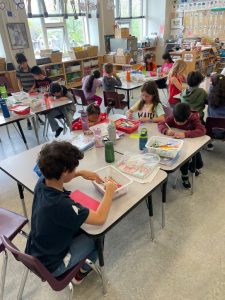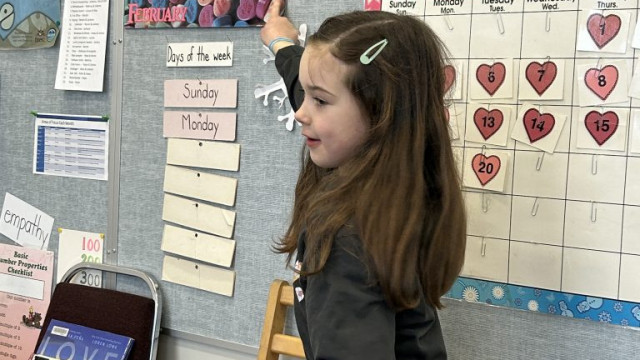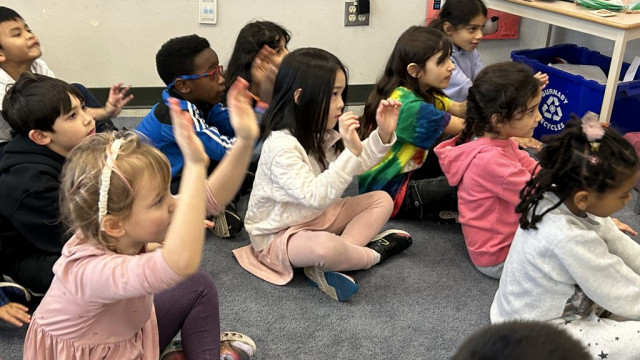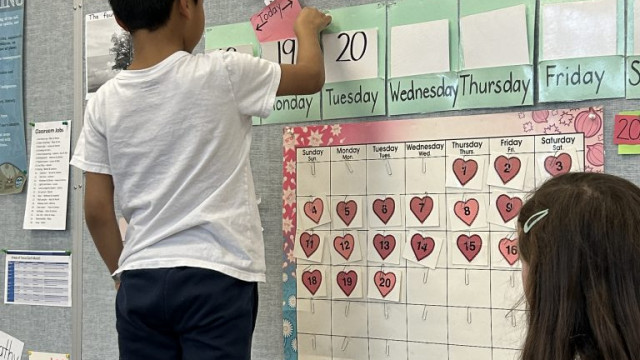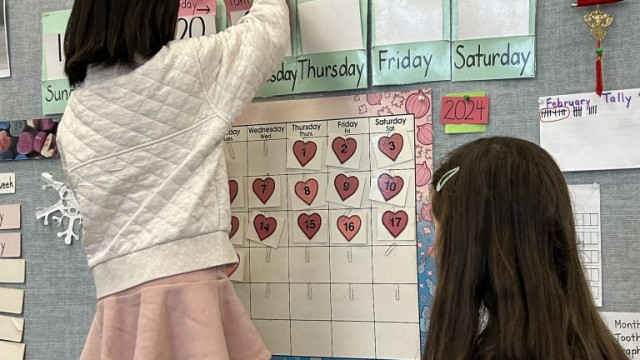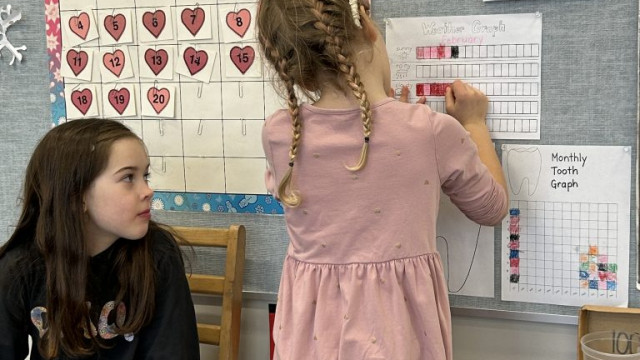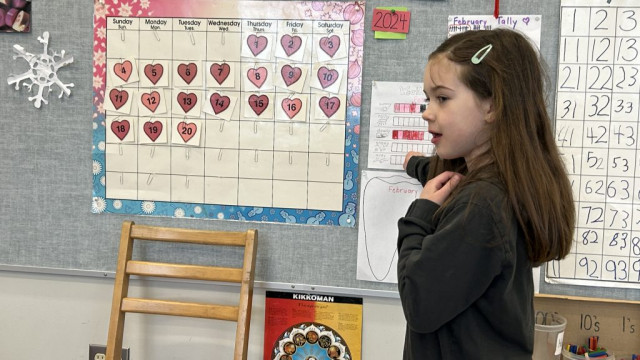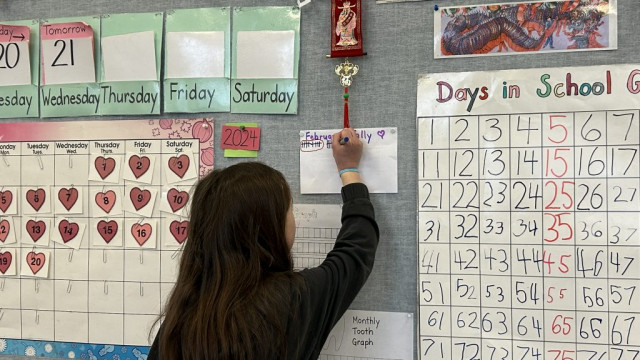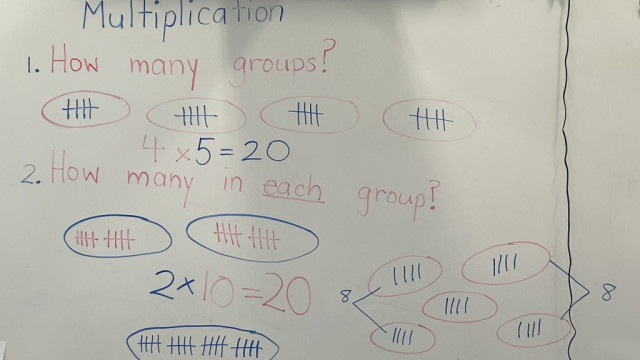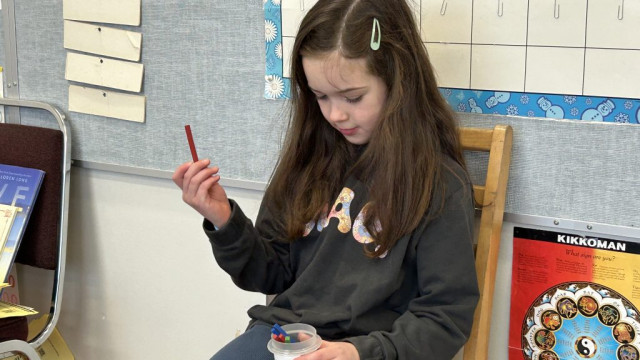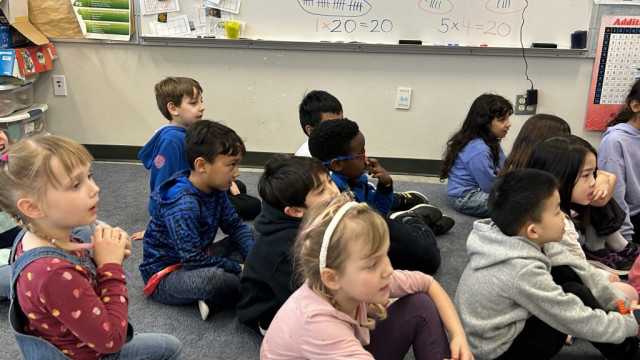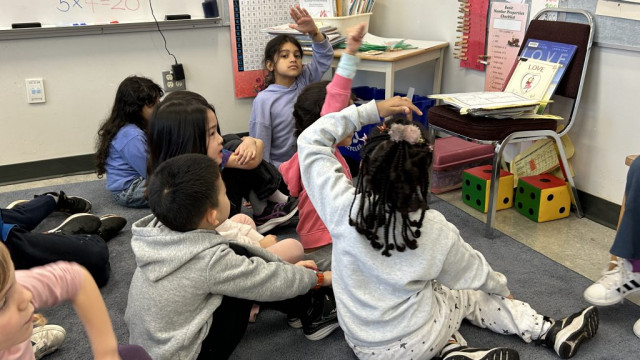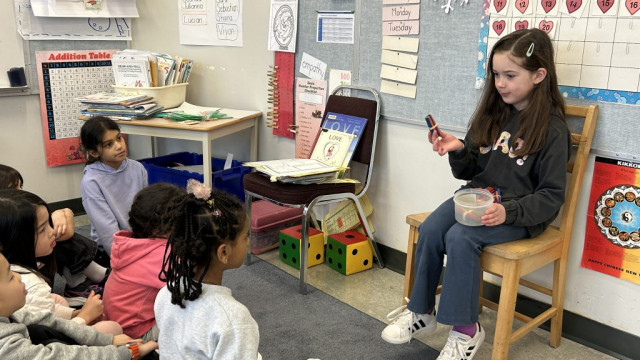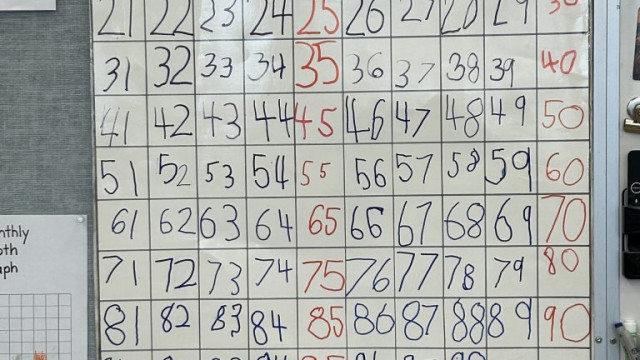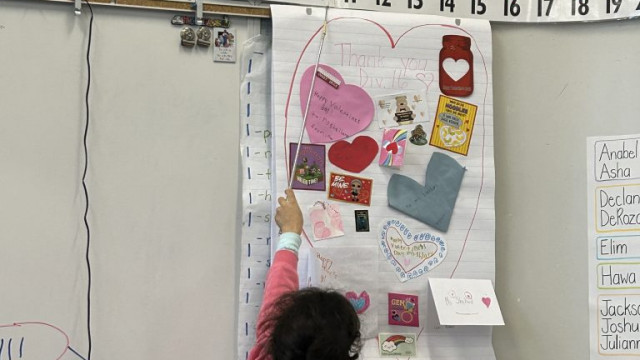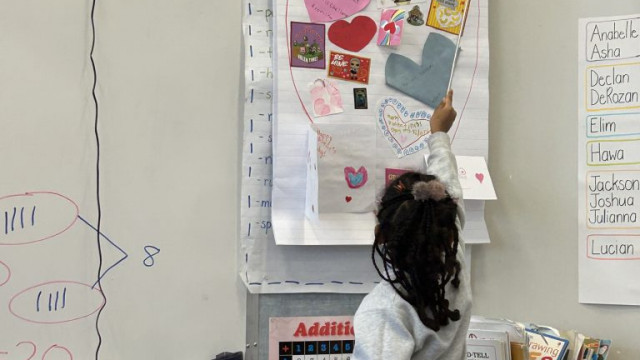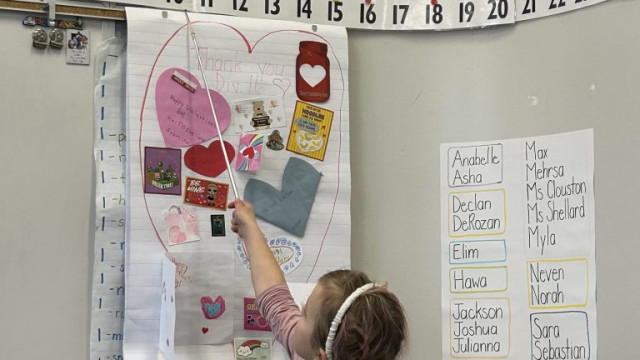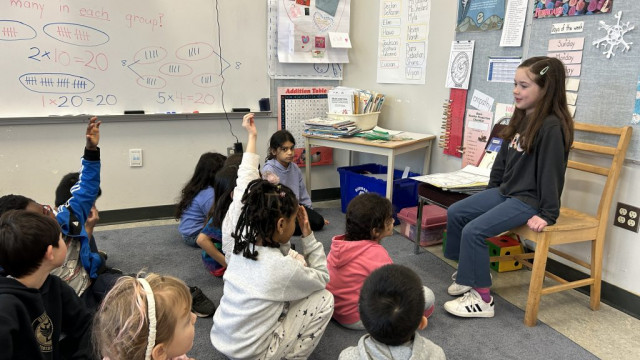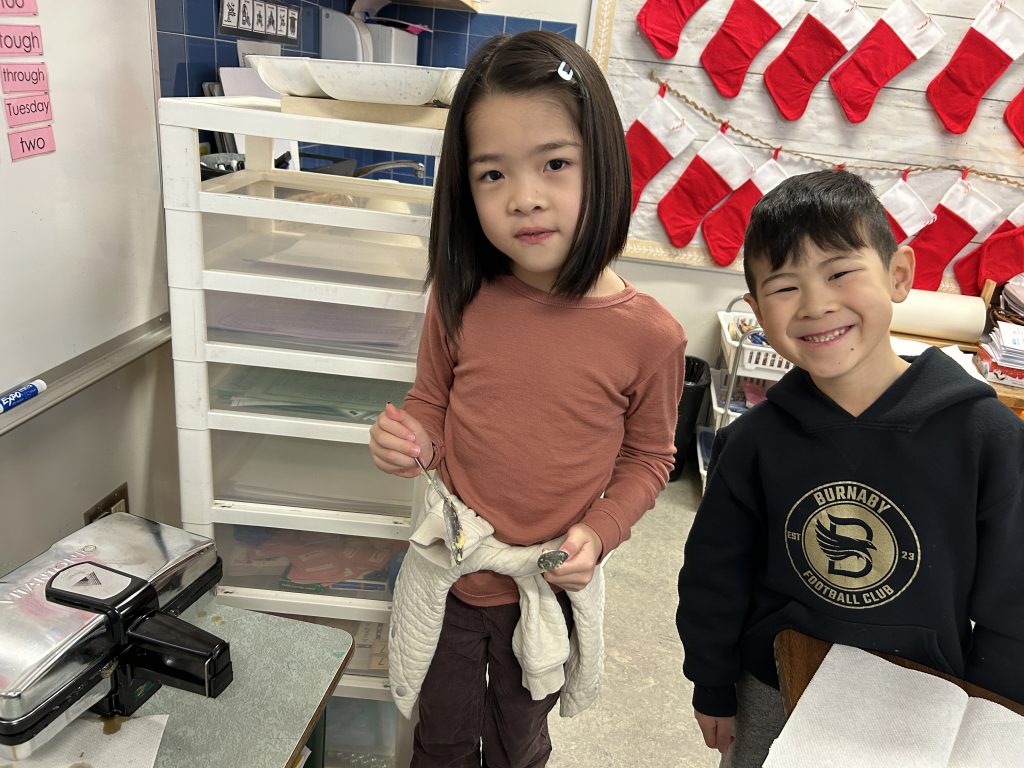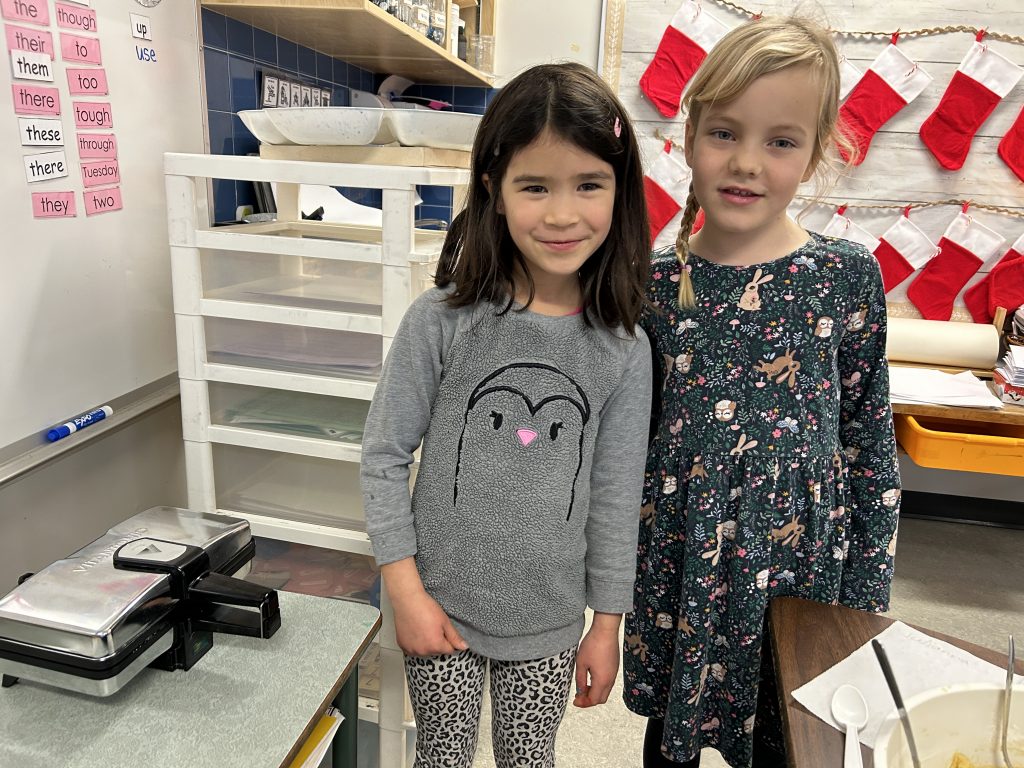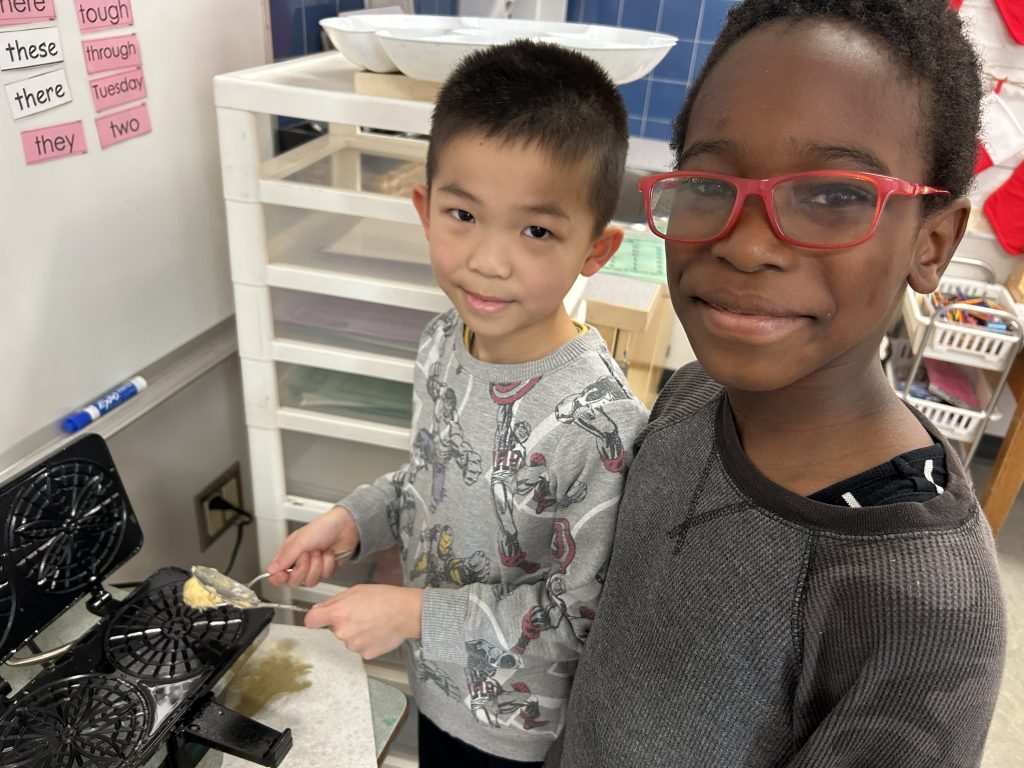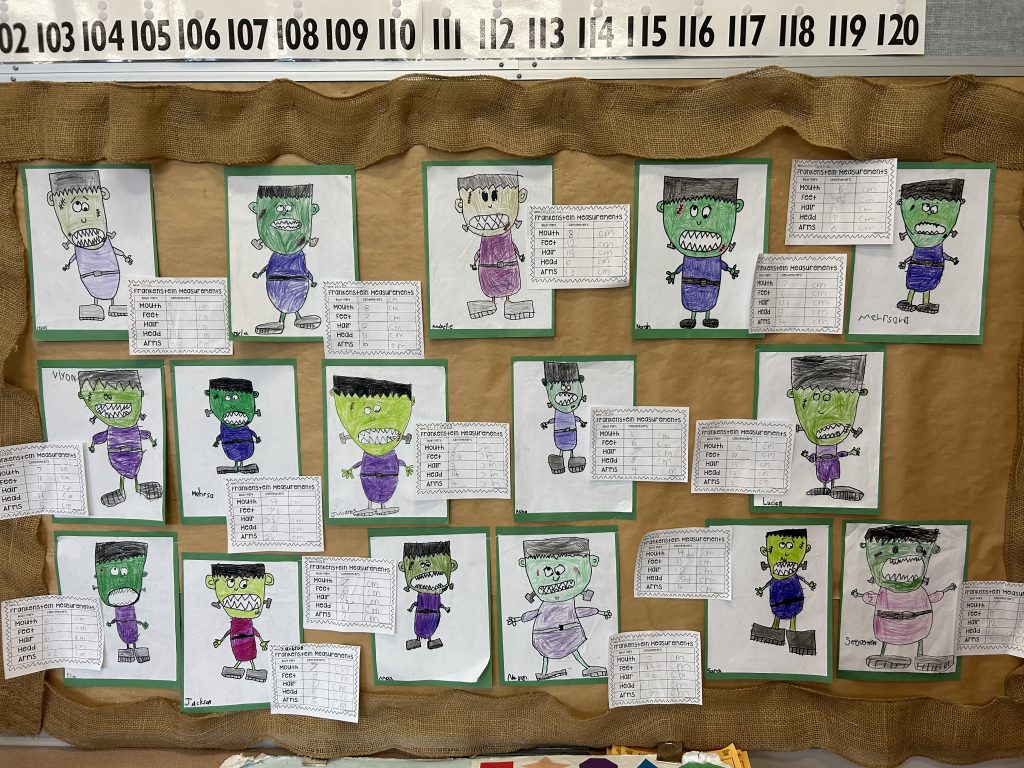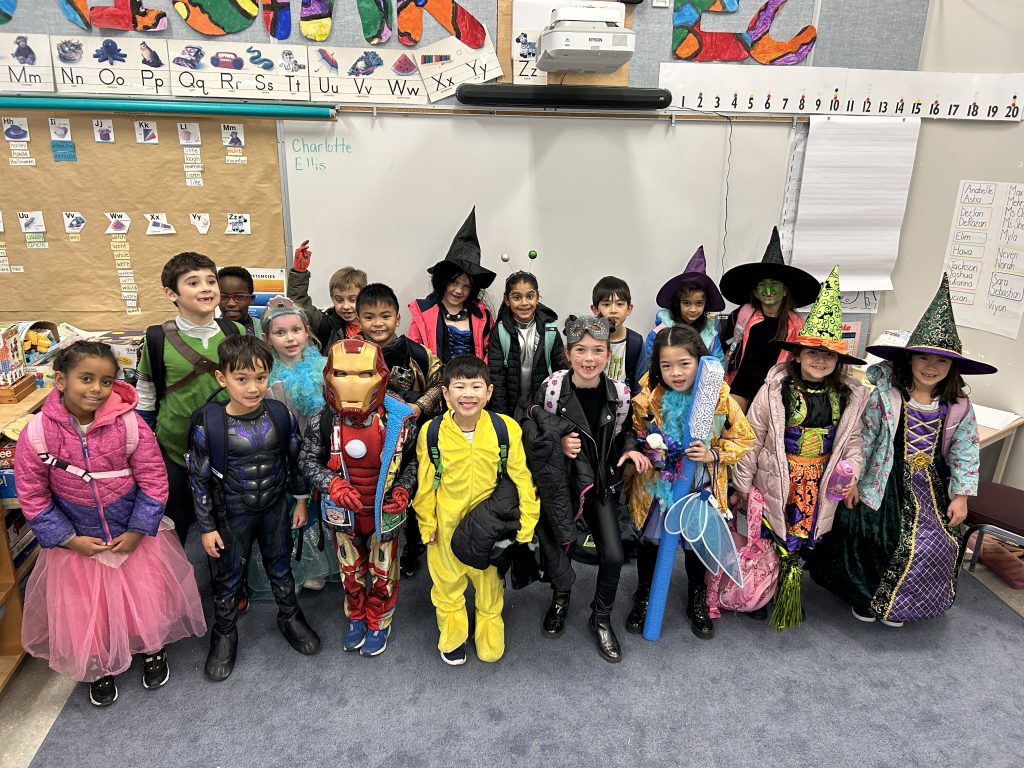In Math, we have been exploring, identifying and describing Canadian coins, as well as learning about the concepts of spending and saving. Today, we had a visit from Ms. Tuan from Vancity and further explored the concept of saving. She read us the story, “Start Saving, Henry!” by Nancy Carlson and engaged us in a meaningful conversation about setting goals and the importance of starting to save early on in our lives. We then created our own piggy banks so that each of us could start saving for things we really want and need. We can’t wait to start using them!
To be financially responsible, we must understand the concept of saving.
Curriculum Competencies:
- Use reasoning to explore and make connections
- Model mathematics in contextualized experiences
- Visualize to explore mathematical concepts
- Connect mathematical concepts to each other and to other areas and personal interests
Content:
- Introduction to the concepts of spending and saving, integrating the concepts of wants and needs
First Peoples Principles of Learning: Learning is holistic, reflexive, reflective, experiential, and relational (focused on connectedness, on reciprocal relationships, and a sense of place).
Core Competency: Personal Awareness and Responsibility
- I can make choices that help me meet my wants and needs. I take responsibility for my actions.





